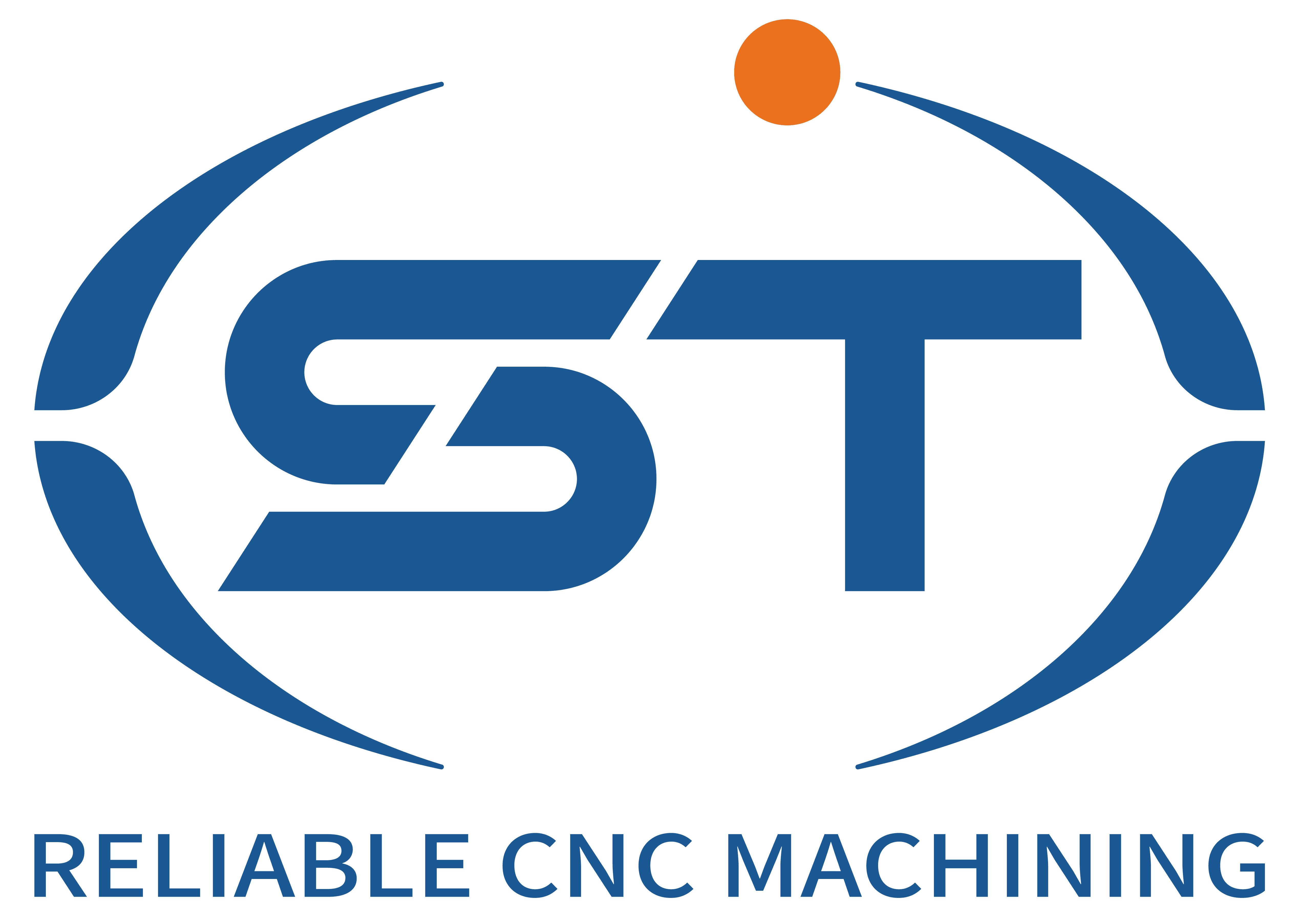Cutting Parameter Optimization for Automotive Components in CNC Programming
Precision and efficiency are critical in automotive CNC machining, where components like engine blocks, transmission gears, and suspension parts must meet strict tolerances while minimizing production costs. Cutting parameters—such as spindle speed, feed rate, depth of cut, and tool geometry—directly influence machining performance, tool life, and surface finish. Properly configuring these parameters requires balancing material properties, machine capabilities, and part design requirements to avoid defects like tool wear, chatter, or thermal distortion.
Table of Contents
ToggleMaterial-Specific Parameter Selection for Automotive Alloys
Automotive components are often manufactured from high-performance materials, including aluminum alloys, cast iron, and hardened steels, each requiring tailored cutting parameters. For example, aluminum alloys, commonly used in engine blocks and cylinder heads, demand higher spindle speeds and feed rates due to their low hardness and high thermal conductivity. However, excessive speeds can lead to built-up edge (BUE) formation, where material adheres to the tool tip, reducing surface quality. To mitigate this, CNC programmers adjust the cutting speed to maintain optimal chip evacuation while using sharp tool geometries with polished flutes to minimize friction.
Hardened Steels and High-Speed Machining Challenges
In contrast, hardened steels used in gears or bearing surfaces require lower cutting speeds to prevent premature tool failure but benefit from high feed rates to distribute heat into the chip rather than the workpiece. Advanced coating technologies, such as titanium nitride (TiN) or diamond-like carbon (DLC), can extend tool life under these conditions, but parameter adjustments remain essential. For instance, when roughing a hardened crankshaft, programmers might use a lower spindle speed with a heavy depth of cut to maximize material removal, then switch to lighter cuts and higher speeds for finishing passes to achieve the required surface integrity.
Tool Geometry and Its Impact on Cutting Efficiency
The design of cutting tools—including rake angles, clearance angles, and edge preparation—plays a pivotal role in determining optimal cutting parameters. A positive rake angle reduces cutting forces, making it suitable for soft materials like aluminum, while a negative rake angle provides strength for machining hard metals. In automotive applications, where complex geometries are common, tool geometry must also account for chip control. For example, when milling deep pockets in a differential housing, a tool with a helical flute design and variable pitch can minimize vibration and improve chip evacuation, allowing for higher feed rates without compromising accuracy.
Edge Preparation for Enhanced Tool Durability
Edge preparation techniques, such as honing or chamfering, further influence parameter selection by reducing micro-chipping and extending tool life. A honed edge distributes stress more evenly during cutting, enabling higher feed rates in tough materials like nodular cast iron, which is widely used in automotive brake components. Programmers adjust parameters to leverage these benefits, often increasing the feed rate while maintaining a conservative depth of cut to balance productivity with tool longevity.
Dynamic Adjustment of Parameters for Multi-Stage Machining
Automotive parts often require multiple machining operations, such as roughing, semi-finishing, and finishing, each with distinct parameter requirements. During roughing, the focus is on maximizing material removal rates, so programmers set aggressive depths of cut and feed rates while accepting higher cutting forces. For instance, when hogging out a large volume of material from an engine block, a low spindle speed with a heavy axial depth of cut might be used to leverage the machine’s torque capabilities.
Finishing Passes and Surface Quality Optimization
Finishing operations prioritize surface finish and dimensional accuracy, necessitating lighter cuts and higher spindle speeds to minimize residual stresses. When machining the sealing surfaces of a cylinder head, programmers reduce the depth of cut to less than 0.1 mm and increase the cutting speed to achieve a mirror-like finish, which is critical for preventing leaks in combustion chambers. Additionally, coolant pressure and flow rate are adjusted during finishing to ensure effective chip removal and thermal stabilization, as residual heat can warp thin-walled automotive components.
Managing Thermal Effects Through Parameter Control
Heat generation during machining affects both the workpiece and the tool, particularly in automotive materials with low thermal conductivity, such as stainless steel or titanium alloys. Excessive heat can cause workpiece distortion, tool wear, or even microstructural changes that compromise part performance. To mitigate these risks, programmers adjust cutting parameters to control the heat input. For example, when drilling cooling holes in a turbine housing, a lower feed rate combined with a peck drilling cycle can reduce heat buildup at the drill tip, preventing workpiece discoloration or tool failure.
High-Pressure Coolant Strategies for Heat Dissipation
In high-speed machining of aluminum components, high-pressure coolant systems are often employed to direct fluid precisely to the cutting zone, enhancing chip evacuation and cooling efficiency. Programmers optimize parameters like coolant pressure and nozzle position to ensure consistent coverage, especially in deep cavities or undercuts. This approach allows for higher spindle speeds without sacrificing tool life, as the coolant flushes away chips and dissipates heat rapidly, reducing the risk of thermal-induced defects in automotive parts like intake manifolds or valve covers.
By carefully configuring cutting parameters based on material properties, tool geometry, and machining stage requirements, automotive CNC programmers achieve a balance between productivity and quality. Continuous monitoring and adaptive parameter adjustments, enabled by advanced machine tool sensors and real-time feedback systems, further refine this process, ensuring that automotive components meet the industry’s demanding standards for precision and reliability.




